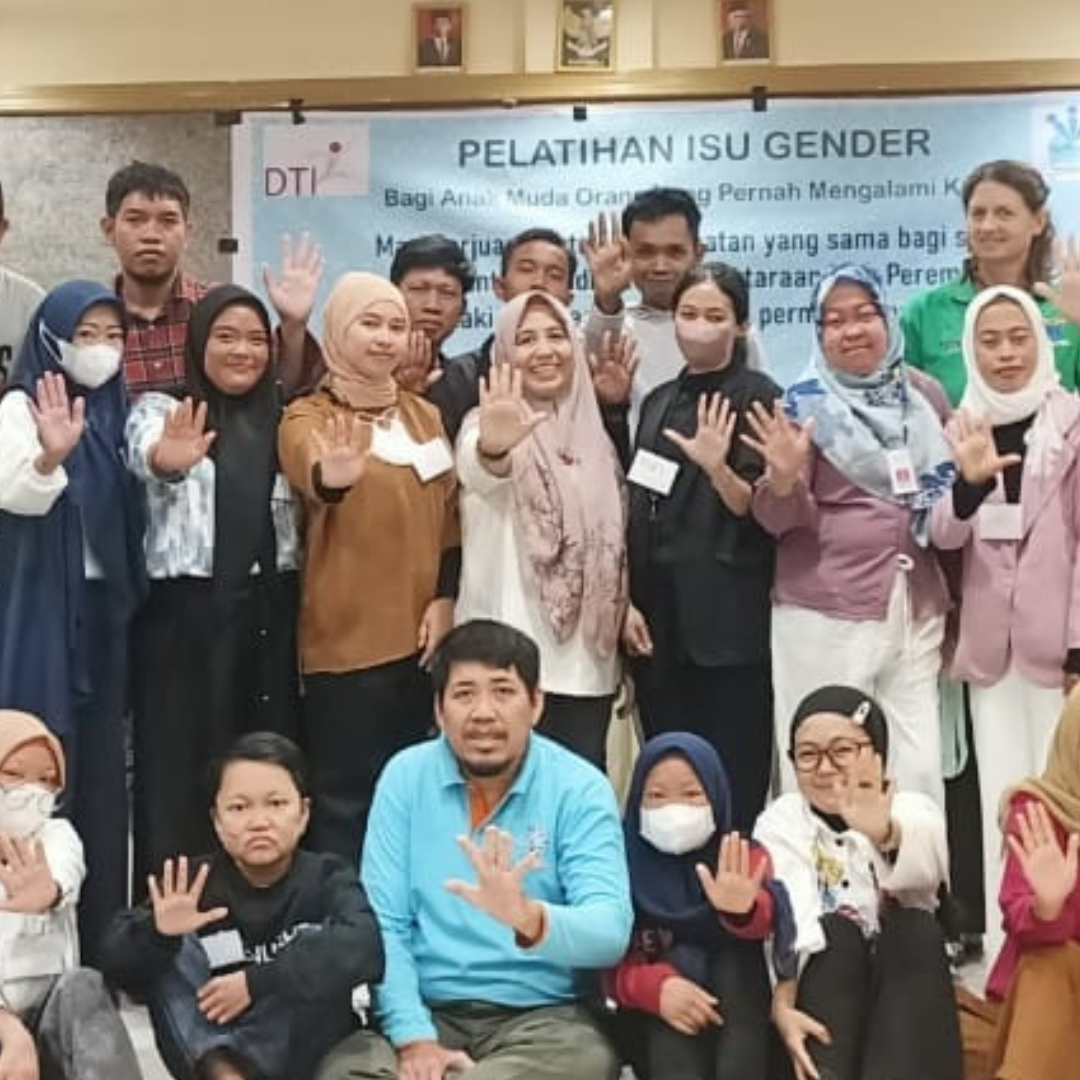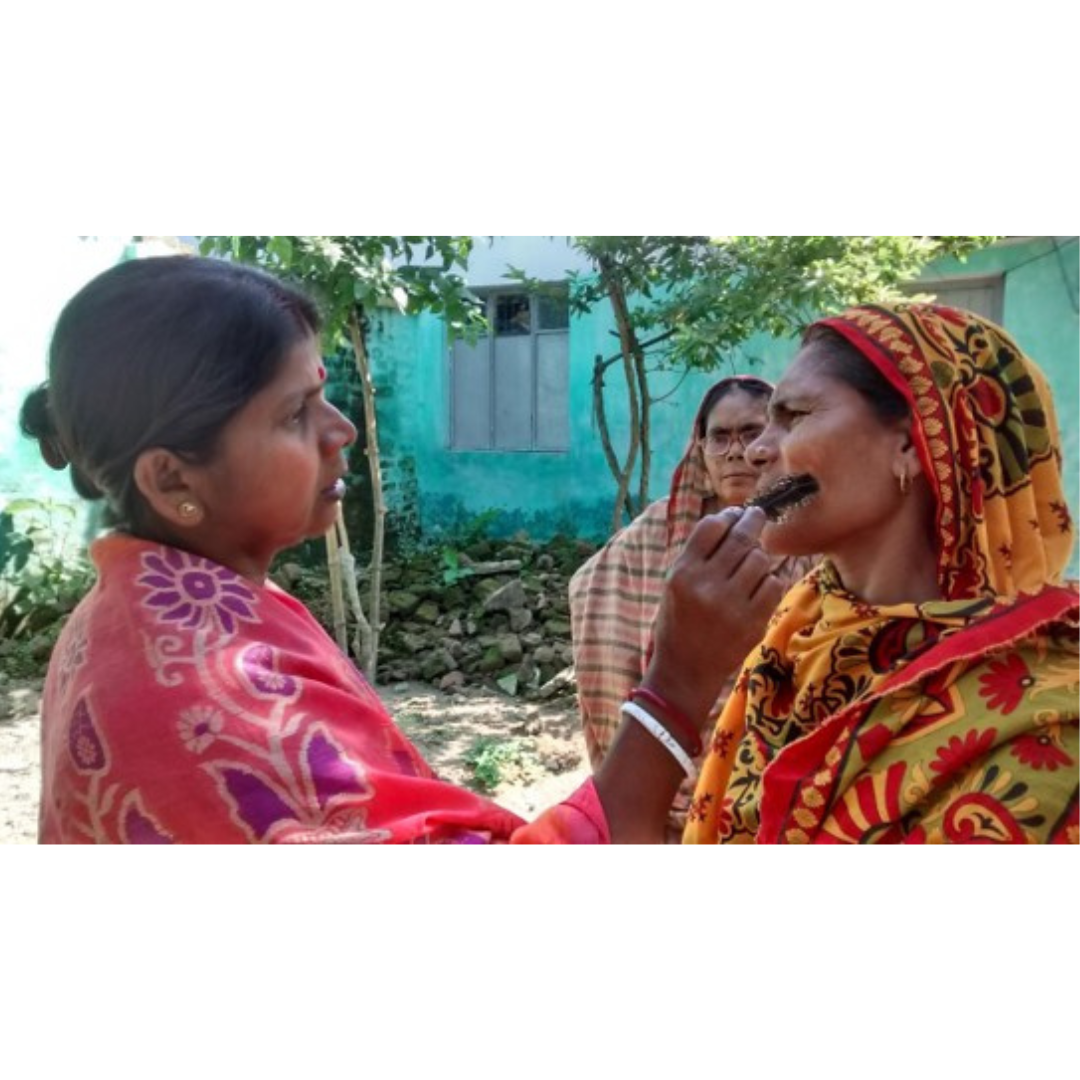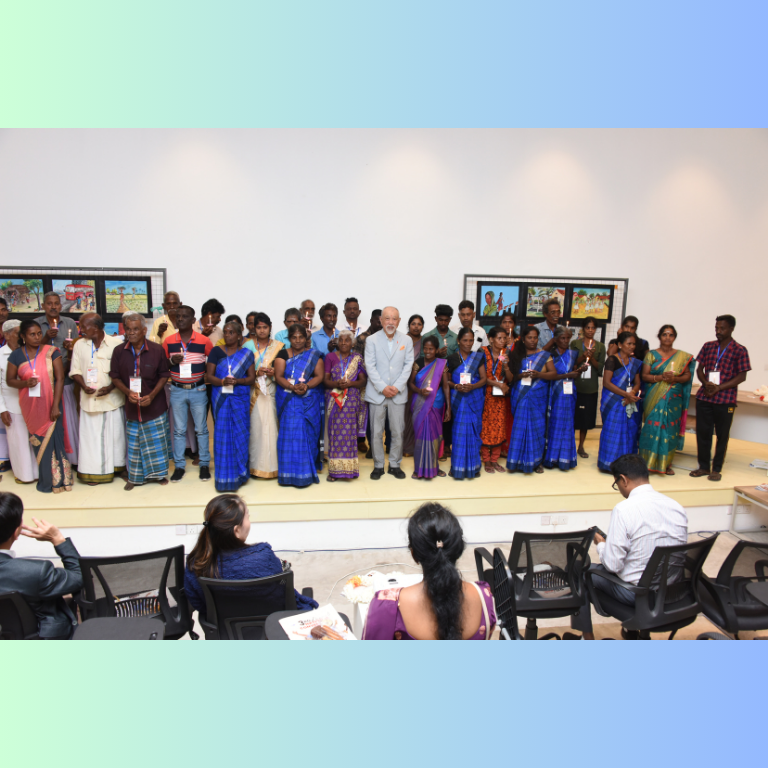
Dr. Sunil V. Gitte
Deputy Director General (Leprosy)
Ministry of Health and Family Welfare, India
With over a decade of experience at sub-national levels, particularly in tribal and geographically challenging regions of Central India, Dr. Sunil Gitte has led innovations and strategic interventions based on Geographic Information Systems (GIS) to advance leprosy elimination efforts nationally.
Leprosy is known to have been prevalent in India since ancient times. A major milestone was achieved in 2005 when the National Leprosy Eradication Programme (NLEP) declared the elimination of leprosy as a public health problem at the national level, defined as a prevalence rate of less than 1 case per 10,000 population. Since then, India has made steady progress in reducing the disease burden. The prevalence rate declined from 0.69 per 10,000 in 2014–15 to 0.57 in 2024–25. Similarly, the proportion of child cases among new detections reduced from 9.04% to 5.18%, and Grade 2 Disability (G2D) among new cases declined from 4.61% to 2.17%. These achievements reflect the sustained implementation of NLEP interventions across the country. However, the goal of elimination at the sub-national level remains unfinished.
A challenge under NLEP has been coordination with private practitioners in reporting leprosy cases seeking treatment in private clinics, dispensaries, and hospitals. This affects the comprehensive understanding of the actual case burden and delays timely public health response.
For India to accelerate towards the elimination of leprosy (interruption of transmission), it is critical that every newly emerging case of leprosy be brought to the attention of leprosy program managers for initiating measures to contain the disease. Stringent measures need to be introduced for maintaining a strong and effective surveillance network and for following up every new case in any community.
To improve the reach and coordination of the program and to address the gap in reporting between private healthcare providers and the public health system, the Ministry of Health and Family Welfare issued a letter on May 14, 2025, directing all states and union territories to classify leprosy as a “notifiable disease.” The “notifiable disease” designation mandates that every newly detected case, irrespective of the healthcare setting, be reported to the appropriate public health authority.
This requirement is intended to enhance inter-sectoral coordination, ensure treatment adherence, and reinforce the implementation of essential NLEP activities such as active case search, contact screening, administration of post-exposure prophylaxis, and provision of multidrug therapy (MDT) to every patient.
The inclusion of leprosy in the list of notifiable diseases is not merely an administrative requirement, but a program-enabling intervention that reinforces public health governance. Making leprosy a notifiable disease stands as a significant milestone along the path toward achieving the Government’s goal of “interruption in transmission of leprosy by 2027” and its ultimate vision of a “Leprosy-Free India.”
Editor’s note: India’s decision to include leprosy on its list of notifiable diseases has been positively received by both national and international experts. Making leprosy a notifiable disease enables effective surveillance, rapid case detection, and systematic monitoring, all of which are essential components of a program intended to interrupt transmission.









